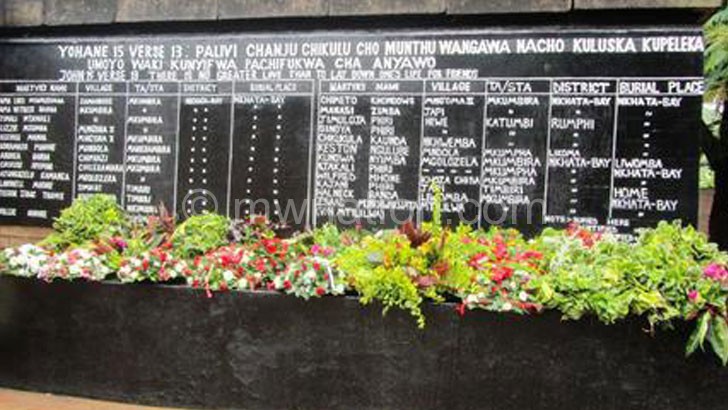Can we have free and fair elections now?
Hon. Folks, on May 19 this year voters will once more go to the polls to choose the country’s President in the fresh elections as ordered by the High Court sitting as a Constitutional Court (ConCourt) on February 3.
The election will occur for a second time in almost one year and will be Malawi’s seventh multiparty general election since the adoption of our current multiparty politics 26 years ago.
For starters, the National Assembly this week passed the Parliamentary and Presidential Elections Act (PPEA) Amendment Bill, effectively setting May 19 as the date for the much-awaited fresh presidential poll.
The passage of this amended Bill on Monday was prompted by the recent ConCourt’s order compelling Parliament to ‘swiftly’ legislate laws to facilitate a fresh presidential vote within 150 days from the day of the ruling.
As anticipated, however, the new Bill did not just pass on a silver platter. It took fierce squabbling between ruling Democratic Progressive Party (DPP) and opposition Members of Parliament (MPs) led by the main opposition Malawi Congress Party (MCP).
Few days down the line, a lot has happened already on the local political landscape with the DPP and United Democratic Front (UDF) announcing their alliance on Tuesday, piling pressure on MCP and UTM Party, which ranked second and fourth in the annulled 2019 elections.
With DPP’s Peter Mutharika and UDF’s Atupele Muluzi already merging political forces, Malawians still wait with baited breaths to hear what the leaders of MCP and UTM—Lazarus Chakwera and Saulos Chilima—have in stall for them.
It is only from that point when Malawians will be able to gauge how the competition will be shaped at the ballot. For UTM and MCP the choices remain three; to agree on an alliance, go it alone or one may fuse with the DPP/UDF front.
This is the beauty of democracy and such phenomena of alliances come in scenarios where a single party cannot get an outright majority to secure a legitimate win.
Nevertheless, fiery coalition theories continue flooding the political discourse over which set(s) of these four candidates and their partners can structure a solid political alliance and eventually form the next government with an outright 50 percent plus one (50%+1) vote.
The only challenge is that electoral alliances or coalitions have not gained popular appeal in Malawi since 1994. This election will, therefore, interrogate whether two or more parties with different manifestos and institutional guidelines can really form an inclusive government and deliver what Malawians want.
Luckily, each of these top candidates understands they cannot achieve the current 50%+1 benchmark effortlessly; hence their continued efforts to build viable political blocs ahead of the May 19 vote.
Another interesting aspect is that this presidential race provides another rare platform for the electorates to have so much leadership alternatives, which generally lacks in Malawi due to lack of intra-party democracy in most of these political parties.
There are also several important factors that will be of key interest as we edge closer to these elections. First is the priorities of political parties and how they will consolidate their agendas in readiness for the formations of power-sharing deals or a Government of National Unity.
In any democracy—and at such a crucial time—political parties are expected to aggregate the interests of various segments of the electorate and balance with their own to create agendas that mean good for this country which still needs attention in many areas.
Otherwise, all well-meaning Malawians wish to see on May 19 are free and fair elections devoid of violence and any deliberate form of electoral injustice to frustrate the will of the people.




